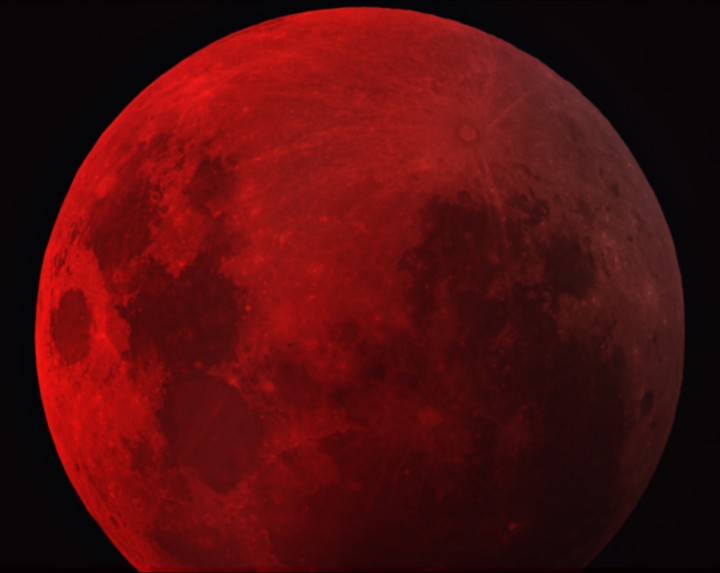
|
Credit: Martin Pugh
Explanation:
The Moon passed close to the center of Earth's shadow
on August 28th.
Seen best by skywatchers in
western North America, and the Pacific region, the resulting total
lunar eclipse was a dark one, lasting about 90 minutes.
In this telescopic image taken near mid totality from
Yass,
NSW Australia, the 85 kilometer wide ray crater Tycho lies near
the top right of the shadowed lunar surface.
Of course, even
during a total lunar eclipse,the Moon
is not completely dark.
Instead the Moon remains visible during totality, reflecting
reddened light filtering into the Earth's shadow.
The light comes from all the sunsets and
sunrises, as seen from the
lunar perspective,
around the edges of a silhouetted Earth.
|
January February March April May June July August September October November December |
| ||||||||||||||||||||||||||||||||||||||||||||||||
NASA Web Site Statements, Warnings, and Disclaimers
NASA Official: Jay Norris. Specific rights apply.
A service of: LHEA at NASA / GSFC
& Michigan Tech. U.
Based on Astronomy Picture
Of the Day
Publications with keywords: lunar eclipse
Publications with words: lunar eclipse
See also:
